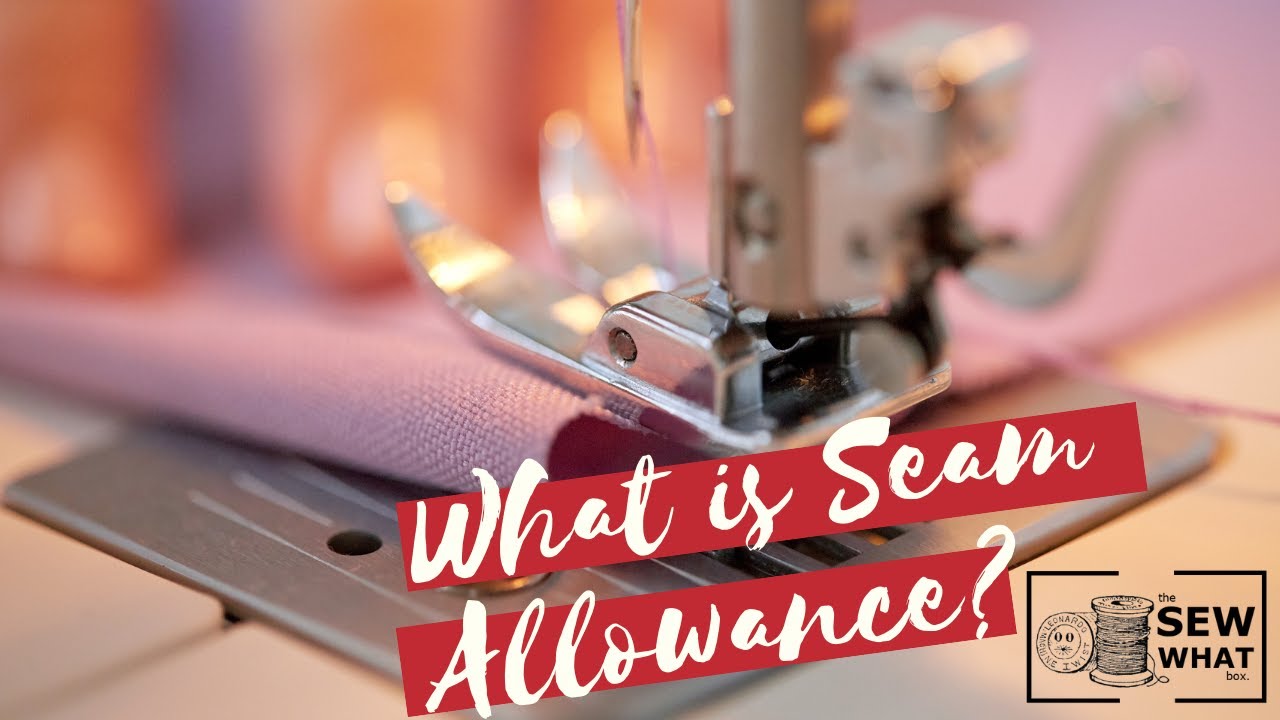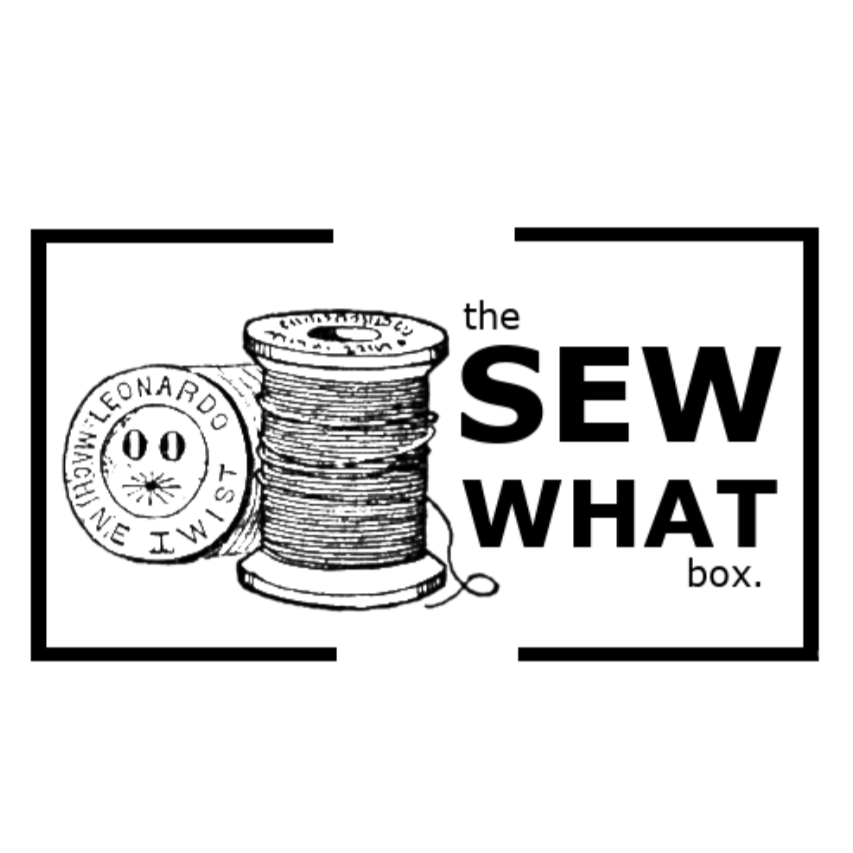What is a Seam Allowance?
Most people, in everyday life, refer to "seam allowances" as simply "a seam". These are the sewn parts that you can see on the inside of a seam allowance that stick out--the seam allowance is basically the distance that they stick out.
When sewing your own fabric items, the seam allowance is the distance from the raw edge of the fabric to the stitching line and larger seam allowances tend to create sturdier seams.
Some common seam allowances and their applications are:
- Quilting: 1/4"
- Because quilts are often tied or top-stitched (quilted), and not often washed, the strain on each seam is not very great. This is why a 1/4" seam allowance can be used in this application.
- Craft-type items: 1/2"
- Items like bags, table runners, pillowcases, etc., are typically used and washed more than quilts, but less than clothing items. A 1/2" seam allowance is typically sturdy enough to withstand this level of wear.
- Clothing items: 5/8"
- Because of the wear and tear that happens with movement of seams during repeated use and washing, a 1/2" seam allowance is just not quite enough for this application.
- Upholstery/Home Decor: 1"+
- These types of items often have the most strain put on their seams--think about the weight that a seam in a cushion carries when it is sat on--and so their seam allowances tend to be the largest.
More About Seam Allowances:

